
| Recorded by: Mark Basinger on 2025-11-26
Brunswick Co.
Comment: | 
| Recorded by: Mark Basinger on 2025-11-26
Brunswick Co.
Comment: |
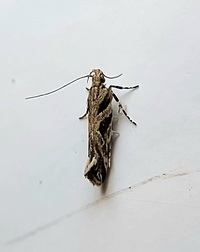
| Recorded by: Mark Basinger on 2025-07-19
Brunswick Co.
Comment: | 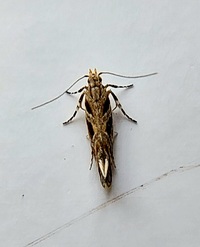
| Recorded by: Mark Basinger on 2025-07-19
Brunswick Co.
Comment: |

| Recorded by: Mark Basinger on 2025-07-09
Brunswick Co.
Comment: | 
| Recorded by: Mark Basinger on 2025-07-09
Brunswick Co.
Comment: |

| Recorded by: R.Newman on 2024-05-09
Carteret Co.
Comment: | 
| Recorded by: R. Newman on 2023-11-18
Carteret Co.
Comment: |
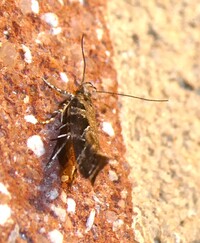
| Recorded by: Simpson Eason on 2023-09-15
Durham Co.
Comment: | 
| Recorded by: R. Newman on 2023-08-20
Carteret Co.
Comment: |
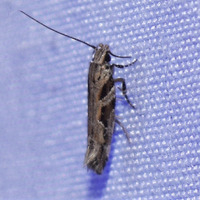
| Recorded by: David George, Stephen Dunn, Jeff Niznik on 2023-07-06
Orange Co.
Comment: | 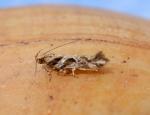
| Recorded by: R. Newman on 2022-09-23
Carteret Co.
Comment: |

| Recorded by: Michael P. Morales on 2021-08-08
Sampson Co.
Comment: | 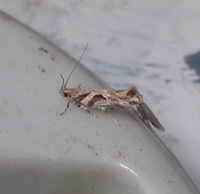
| Recorded by: Michael P. Morales on 2021-08-08
Sampson Co.
Comment: |
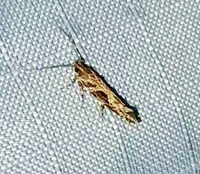
| Recorded by: Ken Kneidel on 2021-08-04
Mecklenburg Co.
Comment: | 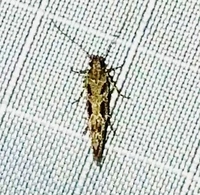
| Recorded by: Ken Kneidel on 2021-08-04
Mecklenburg Co.
Comment: |

| Recorded by: Ken Kneidel on 2021-08-04
Mecklenburg Co.
Comment: | 
| Recorded by: R. Newman on 2021-05-19
Carteret Co.
Comment: |
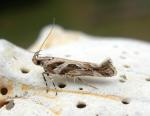
| Recorded by: R. Newman on 2021-05-05
Carteret Co.
Comment: | 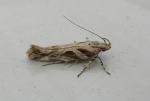
| Recorded by: R. Newman on 2021-05-05
Carteret Co.
Comment: |
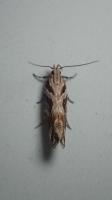
| Recorded by: Erich Hofmann on 2020-06-26
Craven Co.
Comment: | 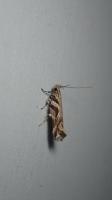
| Recorded by: Erich Hofmann on 2020-06-26
Craven Co.
Comment: |
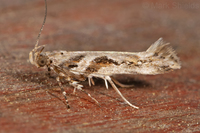
| Recorded by: Mark Shields on 2020-03-30
Onslow Co.
Comment: | 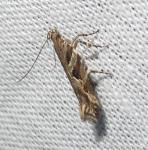
| Recorded by: B. Bockhahn, P. Scharf, K. Kittelberger on 2014-09-17
Vance Co.
Comment: |
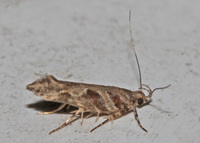
| Recorded by: Harry Wilson on 2014-07-06
Wake Co.
Comment: | 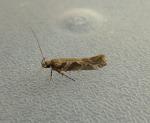
| Recorded by: F. Williams, S. Williams on 2013-09-05
Gates Co.
Comment: |
|

 »
»

 »
»